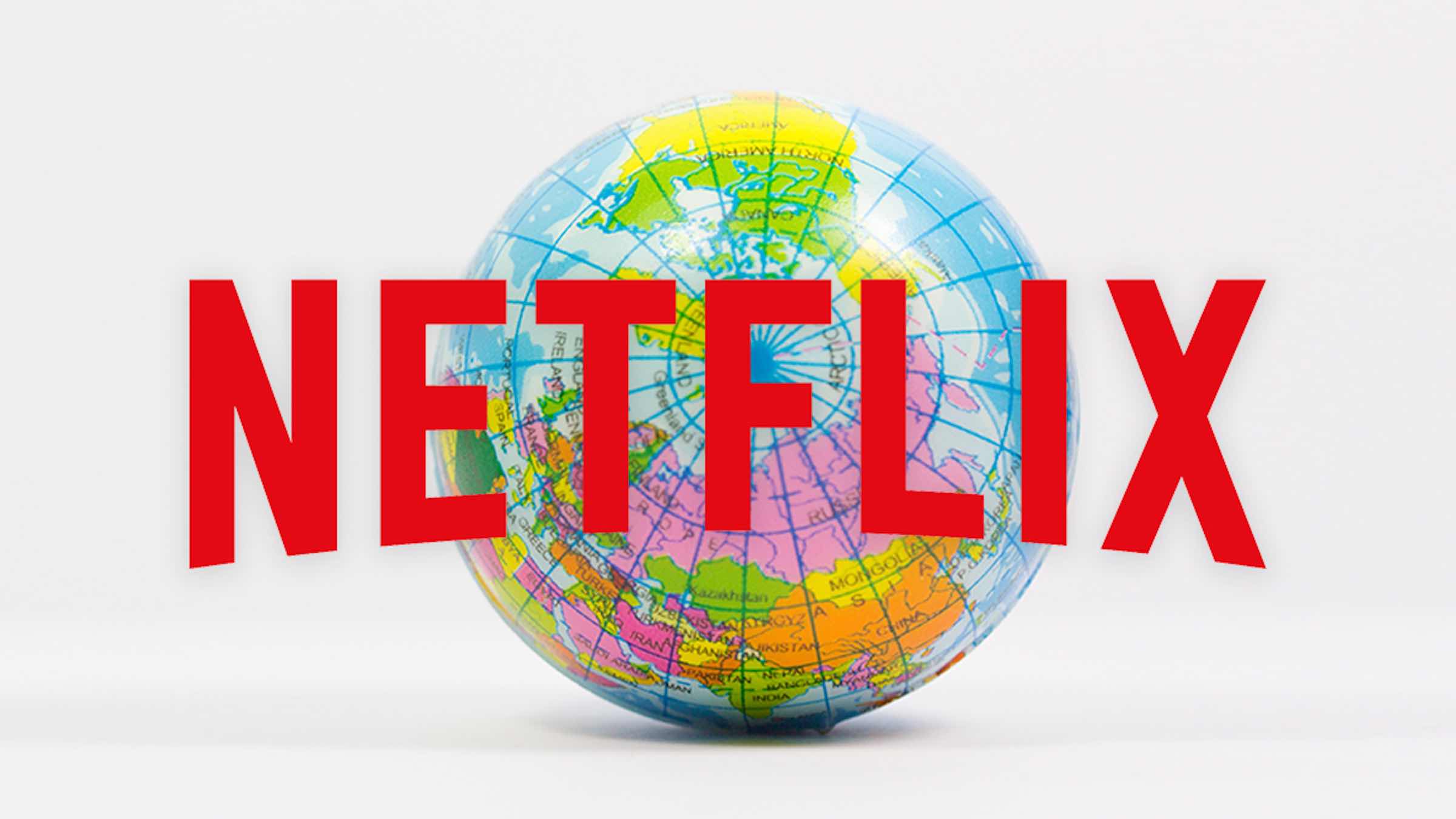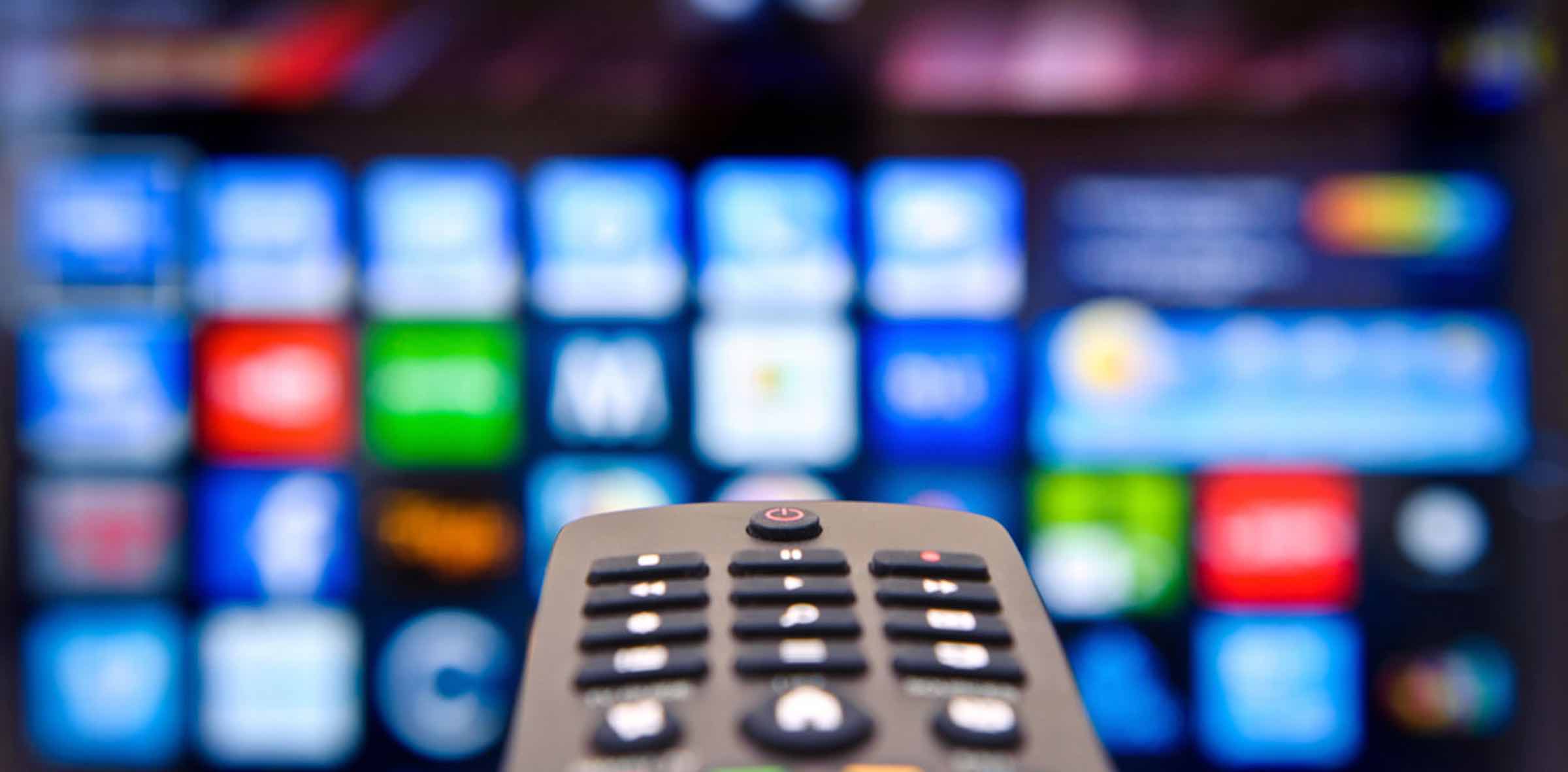
“Recommended for you”: Why Netflix’s rating system needs to go
Ever since Netflix got rid of its star rating system, it’s been a total thumbs down from subscribers across the globe. Although the former system was flawed too, the thumbs-up/thumbs-down option combined with a percent match score has proven to be completely worthless.
As Polygon pointed out, “the biggest issue stems from subscribers’ inability to tell the difference between a movie that’s acquired thousands of positive likes because it’s popular or if it’s based on merit.”
The streaming behemoth’s explanation for the change was that the former five-star system confused the heck out of people. And this isn’t untrue – instead of the stars representing how other subscribers had rated the film, they were in fact Netflix’s prediction of what you’d rate that film or show depending on your viewing habits. A lot of people didn’t just get the memo.

This became an issue as many users didn’t bother rating the titles as they thought they were just a drop in the ocean of Netflix’s overall reviews – subscribers didn’t understand that the more they rated a show or film, the better Netflix would get at understanding and therefore suggesting content that was catered to their tastes.
Netflix’s Cameron Johnson told Business Insider, “That’s not the way people are used to using star ratings on e-commerce ratings . . . People don’t intuitively think about it that way.”

Thumbs down for the new system
While this was an issue for Netflix and its subscribers, the streamer made a giant misstep by replacing a confusing system with an even more confusing one – the thumbs up, thumbs down algorithm which is combined with a percentage match that Johnson claims reinforces the idea that “recommended for you” means personalized. So all users have to do is give something a thumbs up or down and Netflix would learn from your ratings.
That was the idea, anyway. However, in addition to the issues like the fact that titles with thumbs down keep popping up in our suggested lists, the problem is how inaccurate Netflix is at predicting what its users want to be recommended. (We’re absolutely sure we don’t want to watch Disjointed, even if it is apparently a 98% match to our “tastes”.)

And this isn’t a coincidence – according to Business Insider, “Netflix has repeatedly said in the past that there’s a difference between what you rate highly and what you actually like watching.”
The streamer’s inaccuracy in predicting what we do and do not like likely also stems from the lack of range. Even with the five-star system it was difficult. But with a simple thumbs up or thumbs down, users have no choice but to rate a TV show or film “I absolutely loved it to bits” or “This is a steaming sh**heap.”
There’s no in-between, meaning many users were hesitant to rate content they mildly enjoyed in case it screwed up their ratings.

Learning from others
What Netflix has done is replaced one flawed system with another. Perhaps it needs to scrap its entire rating system and instead adopt an algorithm similar to its competitors. Take Amazon, for example – similar to Netflix’s former star system, the streaming giant competitor allows users to rate its services from one to five stars and uses that data to suggest recommended content.
The key difference here is that the stars that pop up don’t represent the likelihood you’d enjoy the content, but instead represents how other users rated it. Similarly, Hulu has a five-star rating system that presents an average based on previous votes from subscribers.
While neither of these can be completely accurate or tailored to your tastes, it at least gives a general overview of how others reacted to the TV show or film. The UK streamer Now TV adopts the same five-star system too.

Of course, Netflix is persistently looking for new ways to go against the grain, and its alternative method of rating content is not without its merit. As some users said, they did use the thumbs down as a way to effectively remove shows, films, and specials they were never going to have interest in. One user even stated that “it was the best method of letting Netflix’s algorithm know” that he wasn’t interested.
However, the overall conclusion from users online is that the switch from a five-star rating to a thumbs-up-thumbs-down does the opposite of what it intended: it became less accurate in matching content to its users’ tastes via recommended content.
I hate the new thumbs rating. I attempted to watch 3 shows. All would of been rated 2 stars waste of my time. Canceling today.
— Cece (@CeCe_1976) April 6, 2017
Netflix new “like”-rating system result: basically, I don’t have a clue if I’ll love or hate a movie I’ve not seen yet. BAD MOVE @netflix
— Gabriel (@gabbsPanama) April 6, 2017
with stars they were predicting with precision: 1. “won’t like it all” 2. “meh..no” 3. “maybe” 4. “will like it” 5. WATCH IT NOW!. Not now.
— Gabriel (@gabbsPanama) April 7, 2017
Bring back the stars?
So passionate are Netflix fans about its thumbs-down failure that one man named Jeff Briggs has started a petition for the streamer to bring back its five-star system, with a simple but clear declaration: “The thumbs up/thumbs down rating system is a complete failure. Bring back the stars!”
While the petition is by no means on the scale that would be required to get Netflix to change its mind about its current arrangement, the streamer has shown signs it is starting to listen to its subscribers’ concerns. Last year, it took to Twitter to write, “For those of you who have been meticulously rating with stars over the years, you can still access your old ratings under My Account.”

I am officially giving Netflix a ??for this new ratings system. Is there a protest movement to join yet? https://t.co/TPzbknfDZt
— Joel Milne (@joelmilne) April 6, 2017
While many are calling for the old star system to return, perhaps the streamer would benefit from adopting a new method entirely.
After all, Netflix is one of the most innovative streaming companies in the world – surely it has a team of people who could come up with a way for users to rate their content on a more ranging scale than “good” or “bad” while also presenting how other users have reacted to a TV show or film. Because as it stands, the verdict on its current rating system is a thumbs down across the board.




